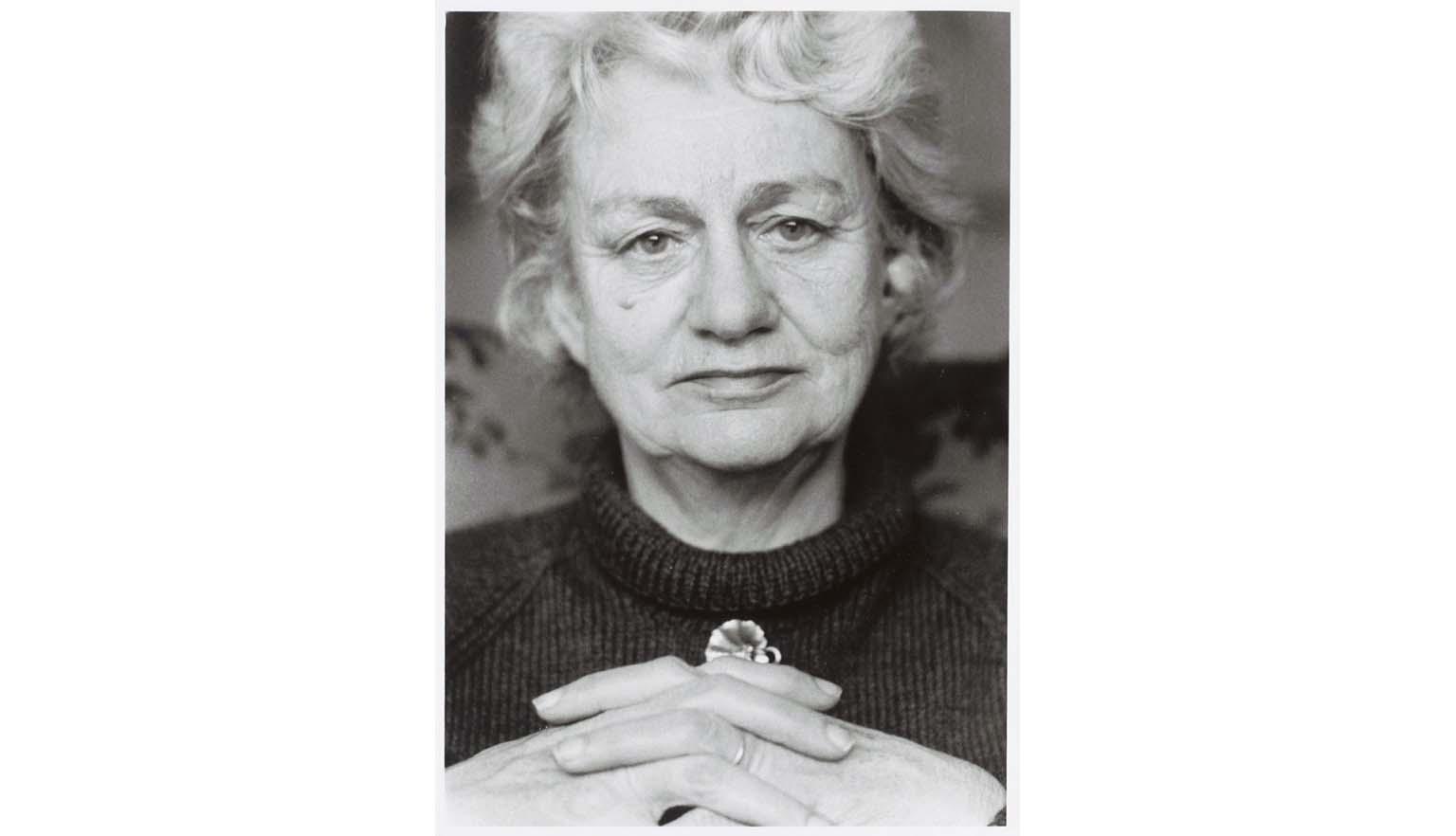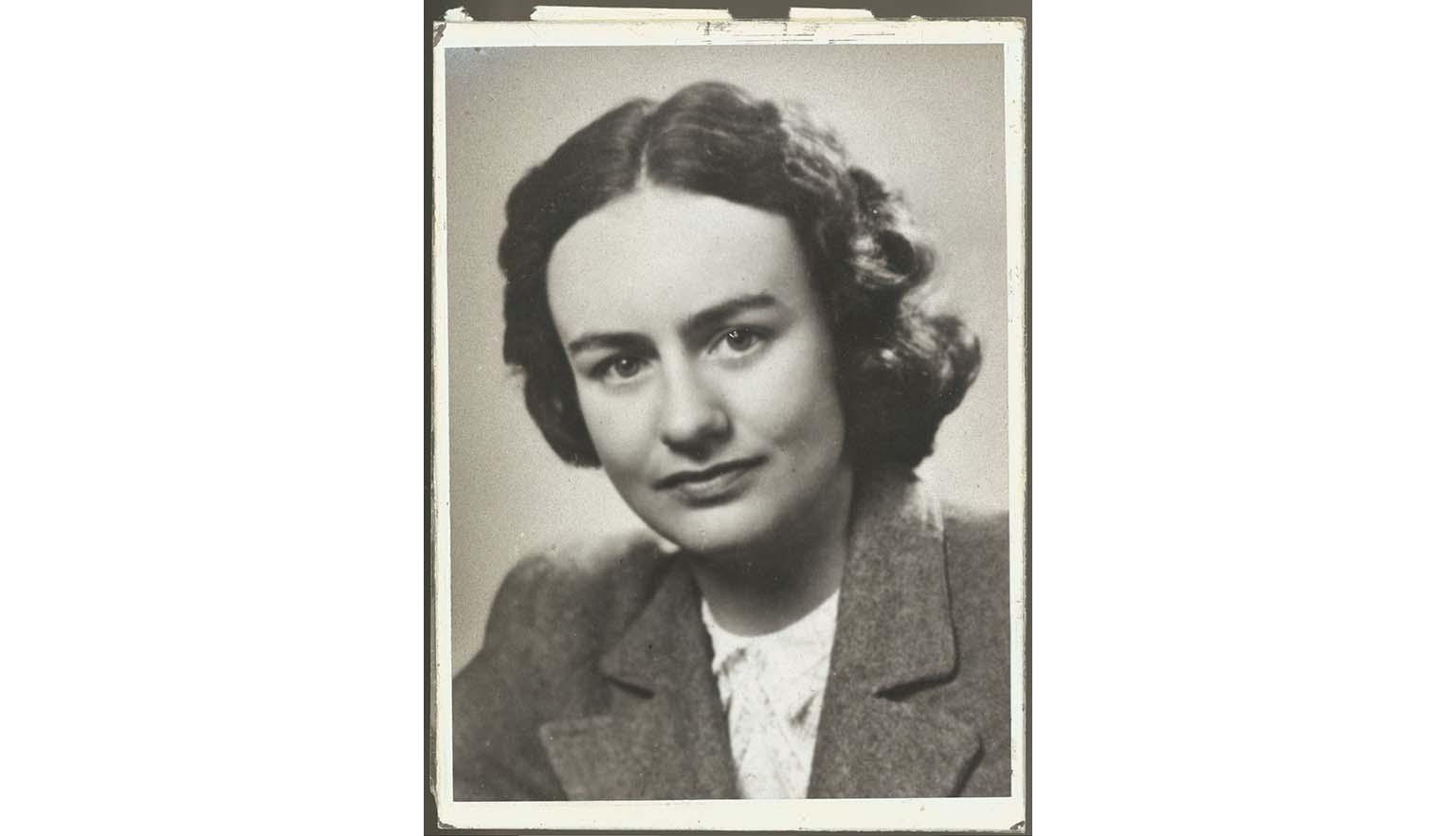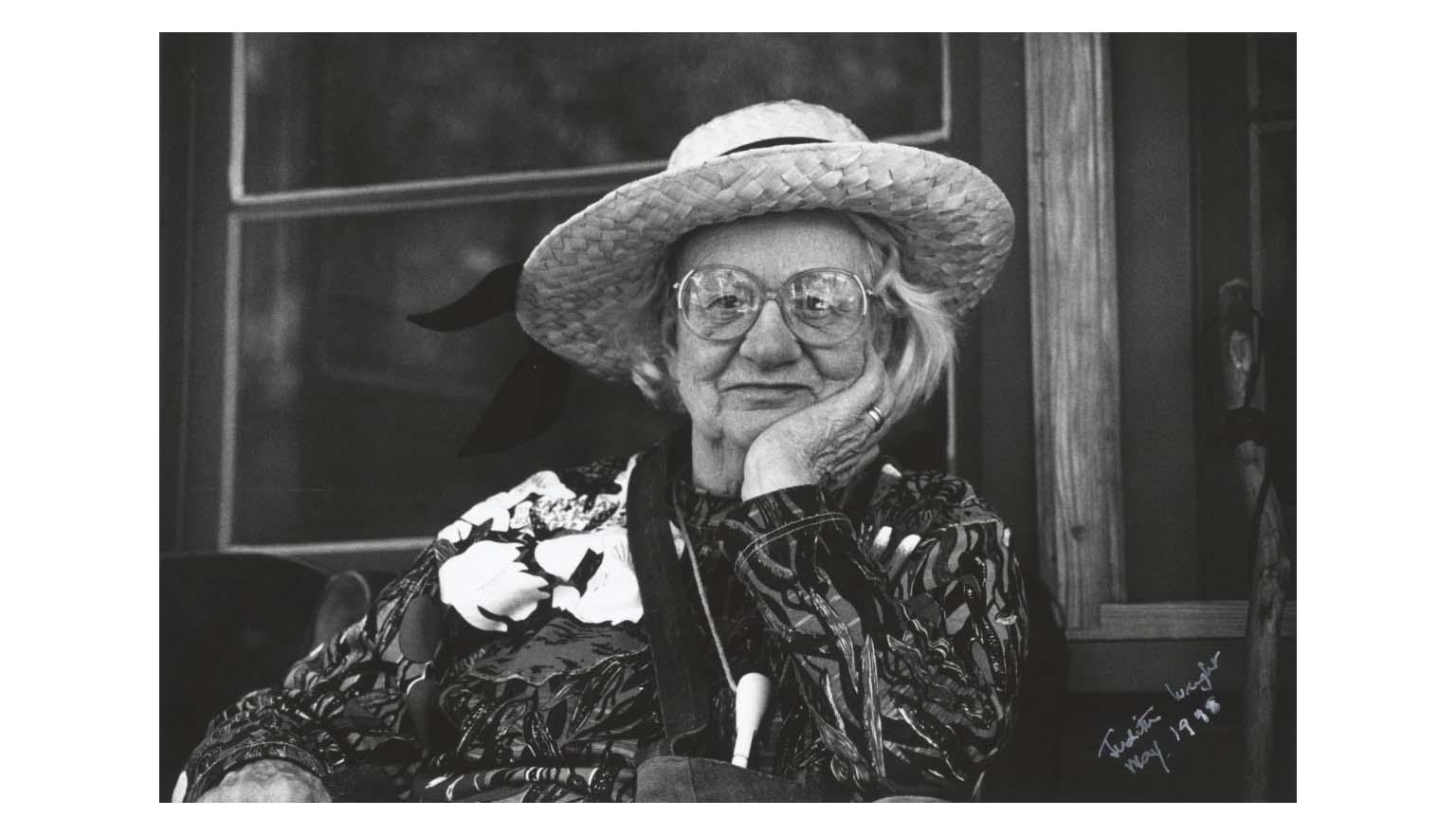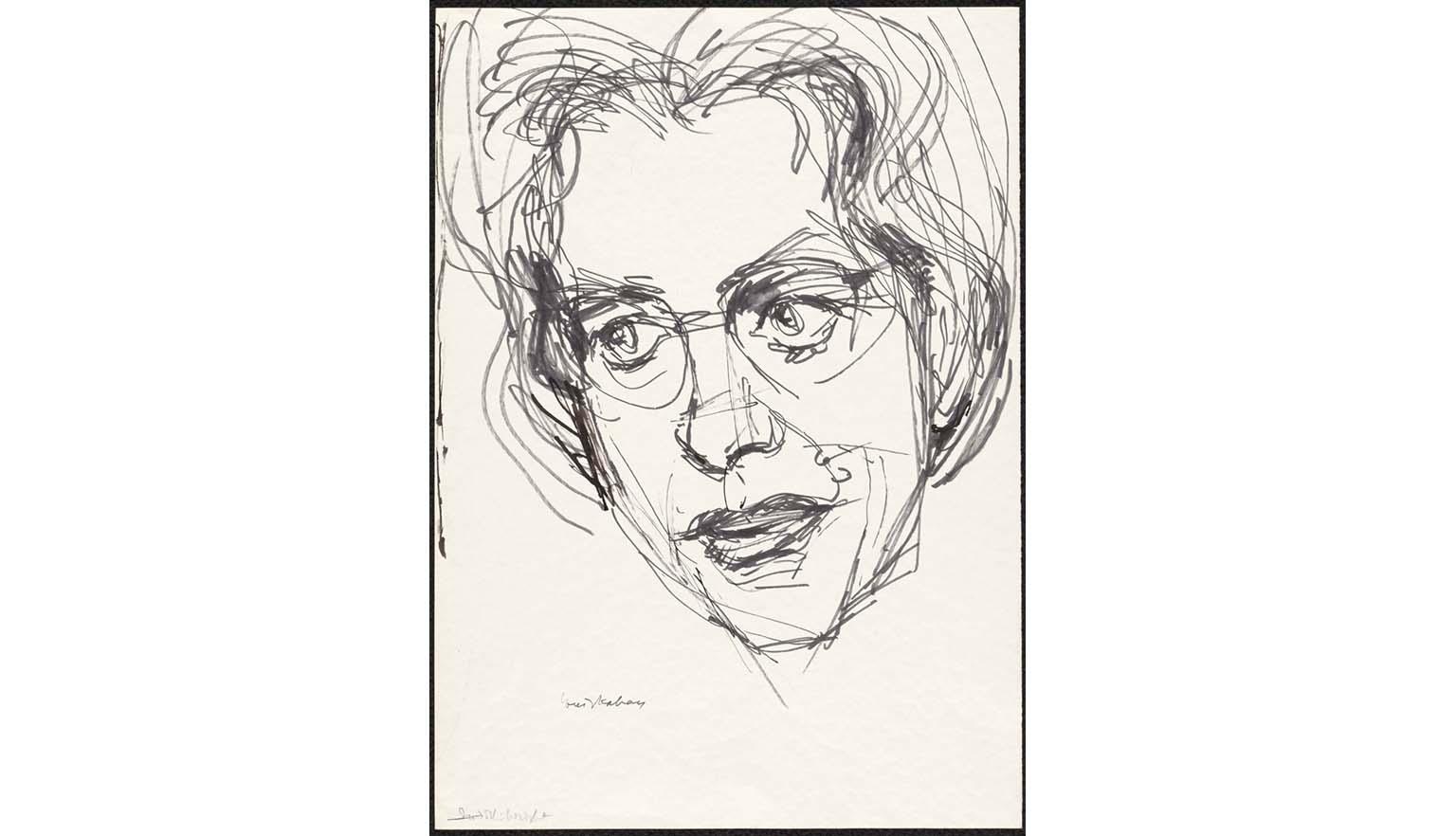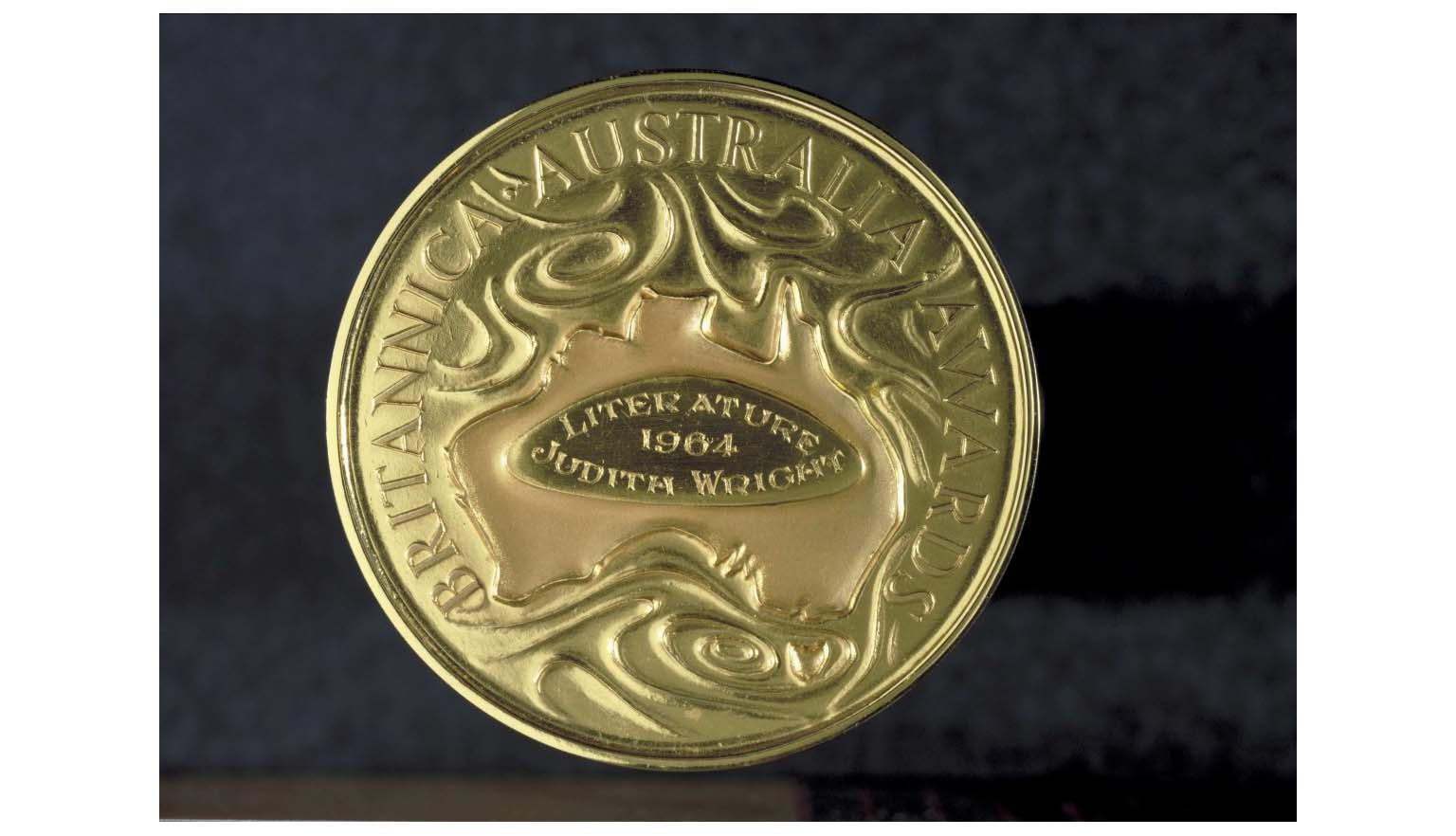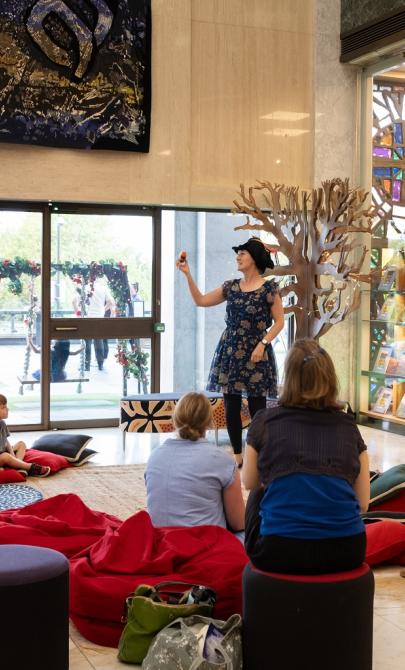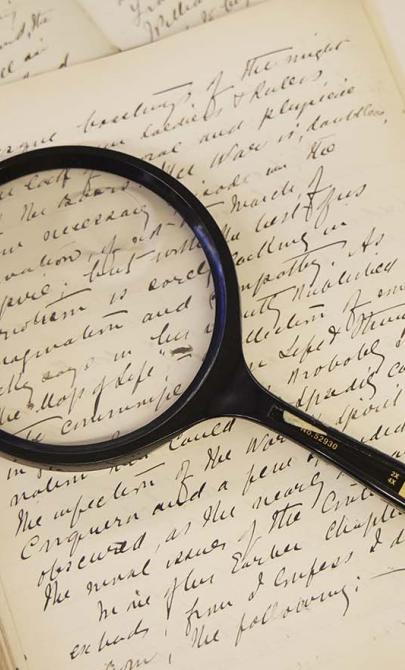Poetry by Judith Wright – 'Bora Ring'
About Judith Wright
Judith Wright (1915–2000) was one of Australia’s most celebrated poets and a committed activist. In 1992, she became the second Australian to receive the Queen’s Gold Medal for Poetry. Her work often addressed environmental issues and Aboriginal rights, using poetry as a way to explore complex social and cultural themes.
Wright was born into a pastoral family in the New England region of New South Wales. Her writing reflects a deep connection to the Australian landscape and growing awareness of the consequences of colonisation for Aboriginal people.
'They hadn't told me the land I loved was taken out of your hands'
Through her poetry and activism, Wright challenged dominant narratives and encouraged Australians to engage with the country’s true history. She co-founded the Wildlife Preservation Society of Queensland and was a member of the Aboriginal Treaty Committee. Some refer to her as the “conscience of the nation.”
Wright’s reflections
Wright began to confront her own family’s role in colonisation while researching her grandfather’s diaries in the 1940s. In Born of the Conquerors (1991), she writes:
'A bora ring and sacred way survived not far from my grandmother’s home... They were some of the last signs of an occupation stretching many thousands of years into the past, but they were not thought worth preserving.'
Wright acknowledged the gaps in her early education, particularly the absence of Aboriginal history. Her friendship with poet Oodgeroo Noonuccal (formerly Kath Walker) helped deepen her understanding of Aboriginal life and the need for reconciliation:
'I am born of the conquerors / you of the persecuted.'
Poem: Bora Ring
Bora Ring reflects on the erasure of Aboriginal ceremony and connection to land through colonisation. Nature plays a dual role in the poem, both mourning and mirroring the loss of culture.
Wright describes how the landscape remembers the dancers and their traditions, but also how it has been overtaken. Words like “gone”, “lost”, and “broken” convey the devastation left by colonisation. The poem ends with a reference to Cain, symbolising guilt and the burden of a violent past.
Learning activities
These activities introduce students to Bora Ring and encourage them to reflect on the poet’s perspective.
Activity 1: First impressions
Read the poem aloud without providing any background. Discuss:
- What is the tone of the poem?
- Which words or phrases support this tone?
- What do students know about Aboriginal history and culture?
- What might a “bora ring” be?
Activity 2: Exploring context
Ask students:
- Have you read about bora rings before?
- Do you think the poet is male or female?
- Do you think the poet is Indigenous? Why or why not?
Activity 3: Re-reading with context
After learning about Judith Wright and bora rings, have students re-read the poem. Discuss how their interpretation has changed.
Activity 4: Empathy through writing
Ask students to research a period in the 19th or 20th century. Then, write a letter from the perspective of an Aboriginal person, describing how their life was affected by European colonisation.
Poem analysis
The poem Bora Ring, like many of Wright's works, is concerned with the impact of European settlement on Aboriginal culture. Wright uses nature's perspective to tell the story and mourn the loss of the Aboriginal people, 'the dancers', to European settlers, the 'alien'.
Nature echoes and mimics the dancers in the swaying of branches and the leaves whispering the forgotten 'chant'. At the same time, nature also mimics the devastation caused by the colonists. The traditional 'dancing-rings' have been overgrown until 'Only the grass stands up', leaving little behind to show that the Aboriginal people were ever there. The Aboriginal culture has been 'broken' and only the trees are left to remember the 'chant'.
Wright emphasises the destruction of the traditional Aboriginal way of life by using words like 'gone', 'lost', 'useless', 'broken', 'forgot', 'splintered' and 'still', highlighting devastation to the original people by those Wright calls 'conquerors' and leaving no-one to transmit their 'song', 'dance' and 'ritual' to a new generation. Instead, all we are left with is the colonists' 'alien tale' of events, a one-sided story.
In the third stanza, Wright touches upon the religion and long history of the Indigenous population that was 'splintered' by the arrival of European colonists. The 'dream' refers to the Dreamtime, the ancient era of creation—'the world breathed sleeping'. The 'dream' was occurring in Australia well before there was written history in other parts of the world (a time that is labelled by historians as prehistory), while the rest of the world was still 'sleeping'. The colonisation of Australia by Europeans has caused this ancient 'dream' to be 'forgot' because the Indigenous 'hunters', 'painted bodies' and 'nomad feet' have been 'splintered' by settlers.
In the final stanza, Wright alludes to the crimes perpetrated against Indigenous Australians by European settlers by mentioning the biblical story of Cain, an ancient tale of brother killing brother for senseless reasons. The simile invokes the image of Aboriginal people, now living, forgotten by their conquerors in the 'shadow' of Western civilisation, which bears the mark of a murderer. It is possible that Cain could be an avenging spirit in the 'sightless shadow', seeking retribution for the crimes committed and causing 'the rider's heart' to 'halt' in fear. However, it could be that the rider is Wright, and others like her, expressing the shared guilt that we as a nation should feel about the treatment of the Indigenous population and the loss of their traditional ways of life. Consequently, we have turned Indigenous inhabitants into 'sightless shadows' in their own country, making Australia's history haunted by 'shadows' and 'unsaid words' of acknowledgement and apology.
Poem analysis activities
These activities draw on the students' knowledge of Judith Wright and of bora rings. They develop students' understanding of a variety of language features, images and vocabulary, and how these influence the audience and affect meaning.
This section helps students explore how language features influence meaning and how perspective shapes interpretation.
Stanza one
- Who are the “dancers”, and why are they in the “earth”?
- Why is the “song gone”, the “dance secret” and the “ritual useless”?
- Who is the “alien” in the poem?
Stanza two
- What does the grass mark?
- How do the trees mimic lost traditions?
- What does nature symbolise in this stanza?
Students may draw a visual representation of this stanza.
Stanza three
- Who are the “painted bodies” and “nomad feet”?
- What might “the spear splintered underground” symbolise?
- What is the “dream” that the world “forgot”?
Stanza four
- Who is the “rider”?
- What is the significance of the reference to Cain?
- What might Wright mean by “an unsaid word”?
Compare this poem with We Are Going by Oodgeroo Noonuccal. Discuss similarities and differences in their perspectives.
Poem analysis essay
Guide students through writing a short essay: How does the poem Bora Ring reflect Judith Wright’s perspective on Indigenous Australians?
Structure and layout:
- Introduction: Briefly introduce Judith Wright and her views.
- Body paragraphs: Analyse each stanza using quotes from the poem.
- Conclusion: Summarise the poet’s perspective and how the poem conveys it.
Encourage students to support their ideas with additional research.
Understanding bora rings
Bora rings are sacred ceremonial sites used by Aboriginal people, particularly in south-eastern Australia. They are usually made of foot-hardened earth or stone and consist of two circular areas connected by a sacred path.
Boys underwent initiation ceremonies (bora) at these sites, where they learned traditional knowledge. Large gatherings at bora sites also involved trade, lawmaking and cultural exchange.
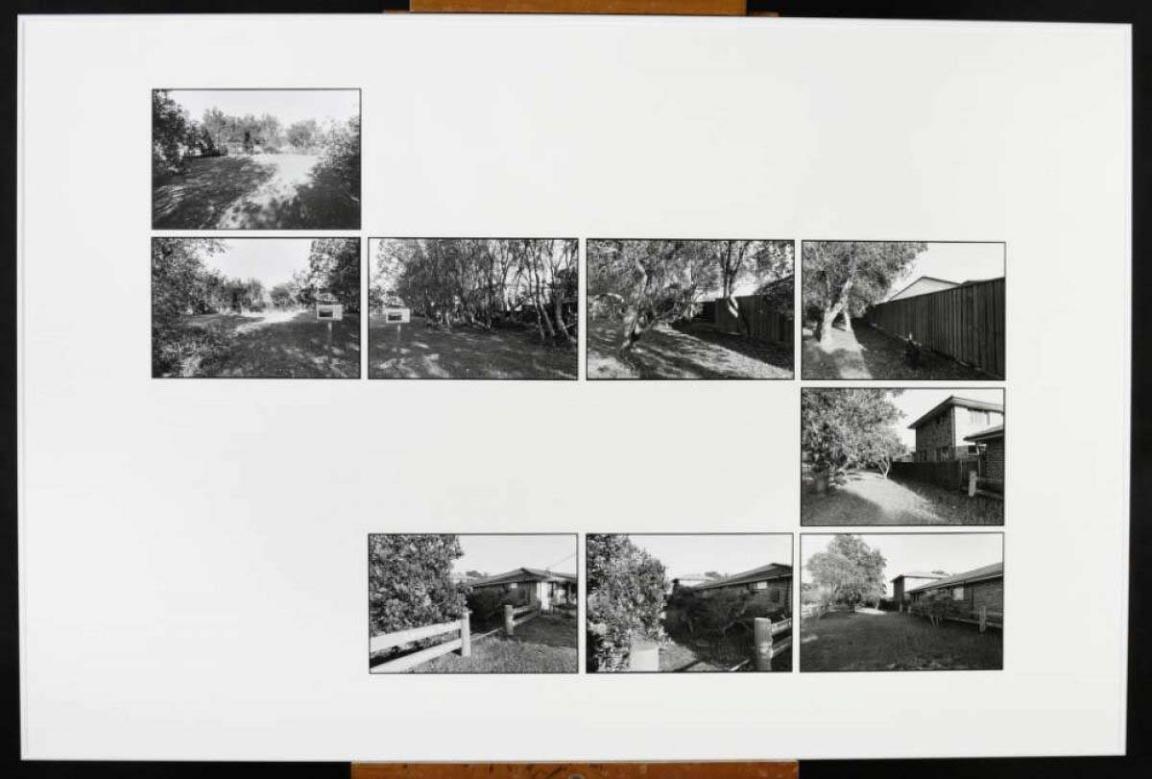
Jon Rhodes, Suburban Bora, Bundjalung, Lennox Head, New South Wales, 2004, nla.gov.au/nla.obj-147626662
Jon Rhodes, Suburban Bora, Bundjalung, Lennox Head, New South Wales, 2004, nla.gov.au/nla.obj-147626662
Concluding activities
Activity 5: Research task
Ask students to research a sacred Aboriginal or Torres Strait Islander site. It could be a tree, waterhole, rock art or totem. Students should:
- Describe the site’s location
- Explain its traditional use and cultural significance
- Discuss the impact of European settlement on the site
They may present their findings as a:
- Blog post
- Wiki page
- Newspaper article
Activity 6: Creative writing
Students write a poem from their own perspective, reflecting on how the site has changed over time.
